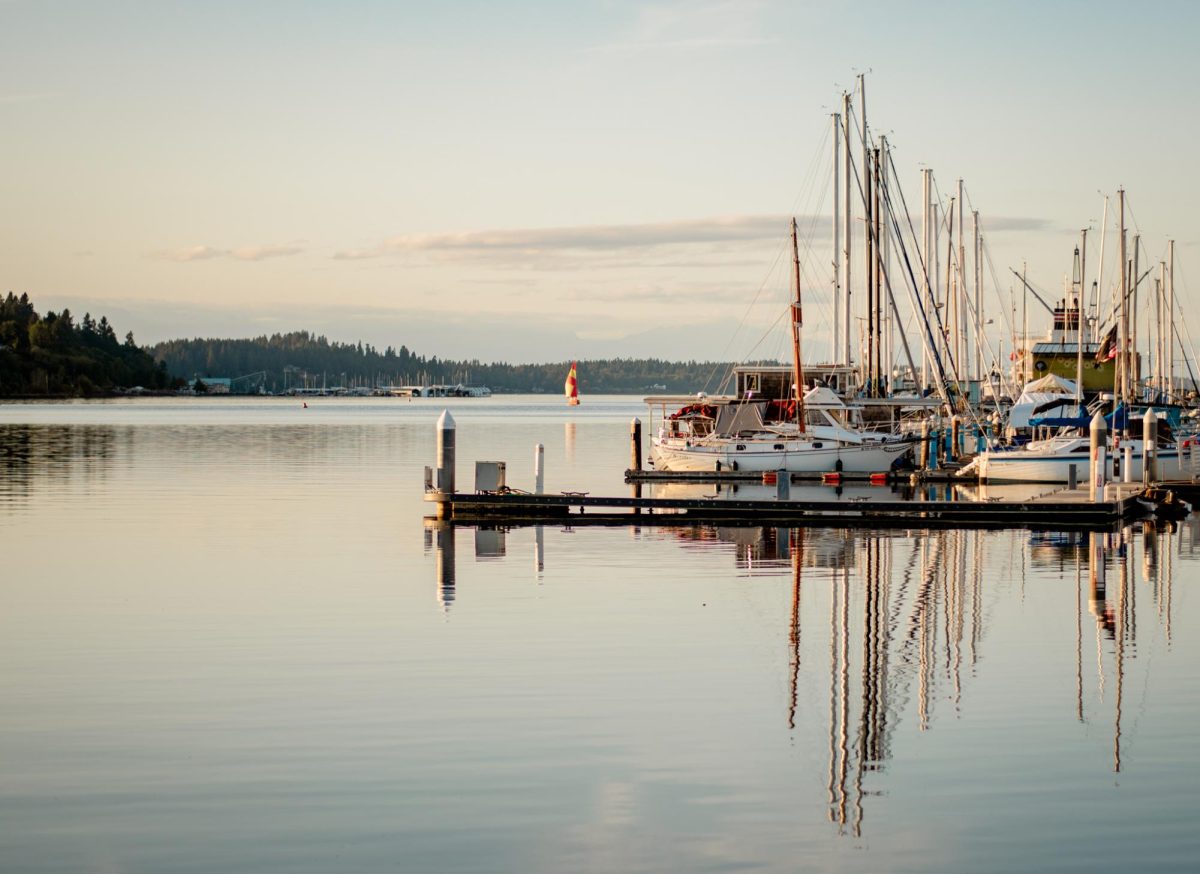Just four months after plans to return the orca Tokitae to Washington’s Puget Sound were released, she died after living the majority of her life in captivity. The Miami Seaquarium announced Aug. 18 via social media that she had passed away due to a renal condition.
Tokitae’s death serves as a reminder of the harmful effects that captivity has on marine mammals, especially orcas like her.
Abigail Coffey, a second-year law student and president of Seattle University School of Law’s Student Animal Legal Defense Fund, stressed the negative health consequences of holding animals, like orcas, in captivity.
“The water often isn’t as cold as it should be, so they’ll get skin lesions or diseases. Since it’s not as big of a space, they don’t swim as much and their dorsal fin will flop over. A lot of the time they will chew the material of the walls or the material of whatever is in the pool with them, so their teeth get infected,” Coffey said.
In addition to the physiological effects, there are psychological repercussions as well. Given that orcas have complex social structures, living in isolation, or even putting them in tanks with other species or types of orcas can end negatively. Since different pods speak different languages and have different cultures, Coffey added that the socialization aspect can cause lasting trauma on an orca’s life.
Lori Marino, president of The Whale Sanctuary Project and adjunct professor of animal studies at New York University, remarked that captivity in marine parks should be thought of as an impoverished environment.
“It’s an environment that does not meet the needs of these large-brained animals. They are really starving for stimulation,” Marino said. “In essence, they are dying of boredom.”
Though costly, a better alternative to tanks is seaside sanctuaries. Marino explained that while sanctuaries are still a form of captivity, they provide marine mammals with an environment they are meant to live in. The Whale Sanctuary Project is currently constructing a sanctuary in Port Hilford Bay, Nova Scotia.
“The sanctuary will offer 100 acres of water space, which is orders of magnitude greater than the largest tank anywhere in the world,” Marino said.
Marino stated that in addition to the vast amount of space, it will be located in a bay, providing plants, fish and other natural phenomena for the whales to interact with. Medical care will also be administered by onsite veterinarians and veterinary assistants.
“It really combines all of the human care that you find in marine parks, but it’s all done in an environment that more closely matches their nature,” Marino said.
Though sanctuaries are an obvious improvement, Coffey mentioned that policies such as the Marine Mammal Protection Act prevent the capturing of orcas in United States waters. Therefore, “better” solutions to captivity—such as sanctuaries—should not be an ongoing problem.
“This should be a temporary issue, where we’re trying to deal with the consequences of our own actions,” Coffey said.
She mentioned that the best thing one can do for orcas in the wild is to protect both them and their habitat.
Howard Garrett, co-founder and board president of Orca Network, expressed that this begins with the conservation of orca food sources.
Southern resident orcas, the population Tokitae belonged to, remain endangered, especially as species of Chinook salmon—their primary source of food—have been listed as either threatened or endangered. To combat this, Garrett added that political means can be enacted to restore salmon habitats, including campaigning for the removal of the four Snake River dams.
The dams have caused over 140 miles of reservoirs, blocking salmon’s passage to the ocean.
“The temperature in the reservoirs is too high, there are too many predator fish that eat the smolts, and it throws off their timing completely. Their metabolism is set to go to the ocean and they’re delayed for weeks or months in these pools,” Garrett said.
These conditions are the main cause of death for salmon, effectively dwindling the primary source of food for resident orcas. Garrett acknowledged that the scarcity of salmon has consequently affected the reproduction of southern residents.
As dozens of orcas remain in captivity, the fight for freedom continues. For now, both Marino and Garrett agree that better conditions start by not making it lucrative to keep orcas in tanks. While experts work on moving captive orcas into sanctuaries, Marino and Garrett suggest that the general public can help by voting with their checkbooks and not buying a ticket to marine theme parks.














